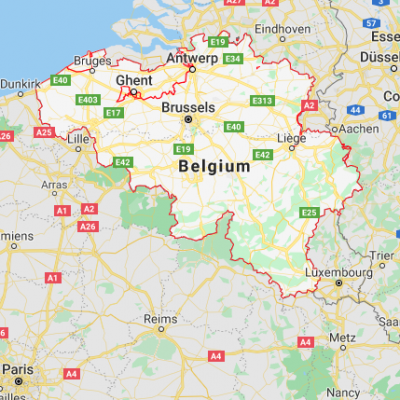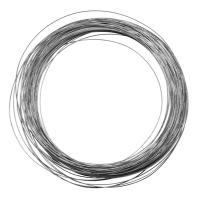
Belgium
Belgium's contemporary art scene is a dynamic hub, marked by innovative expressions and globally resonant ideas. Renowned institutions such as M HKA and Wiels serve as important platforms for showcasing this diversity. Luc Tuymans, known for his thought-provoking paintings, and Berlinde De Bruyckere with her evocative sculptures, are leading figures in Belgium's contemporary art scene. Explore Belgium's vibrant contemporary art culture on the Composition Gallery website.
Show All
- Show All
- Established
- Discoveries
A,B,C
ARTWORKS RELATED TO BELGIUM
James Ensor
Peste Dessous Peste Dessus Peste Partout!, 1904
Limited Edition Print
Etching
EUR 13,900

Wire is a single strand or rod of flexible metal. It has been used since ancient times to make chains and jewelry decorations. Wire comes in various thicknesses and can be bent, braided, and cut using wire tools to create sculptures, assemblages, and mobiles. Different metals, such as copper, aluminum, and steel, are commonly used for wire art.

Glass is a transparent solid that varies in composition depending on the type. Artists use different types of glass to create art forms such as stained glass, blown glass, and various decorated pieces. Glass can be cut, textured, overlaid, engraved, and shaped in many ways to produce intricate and beautiful works of art.




















